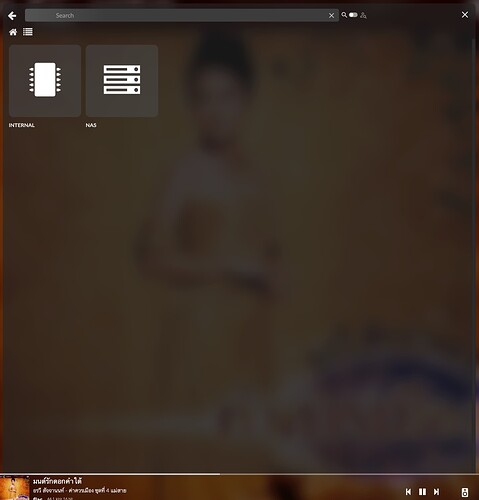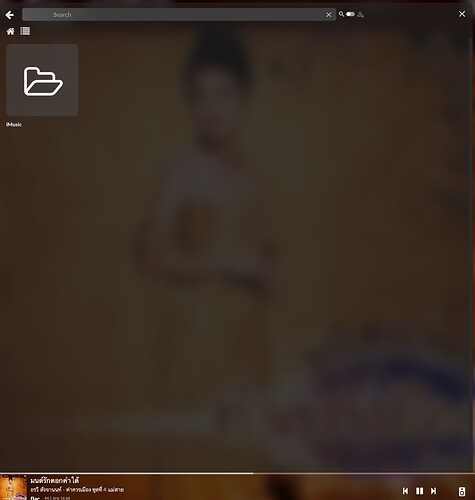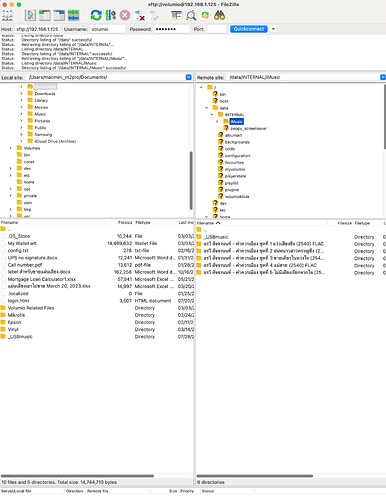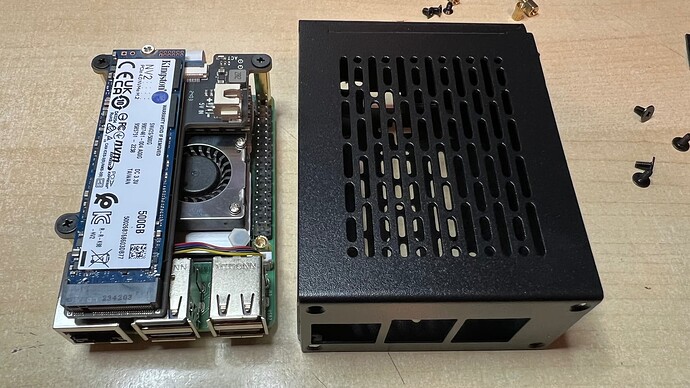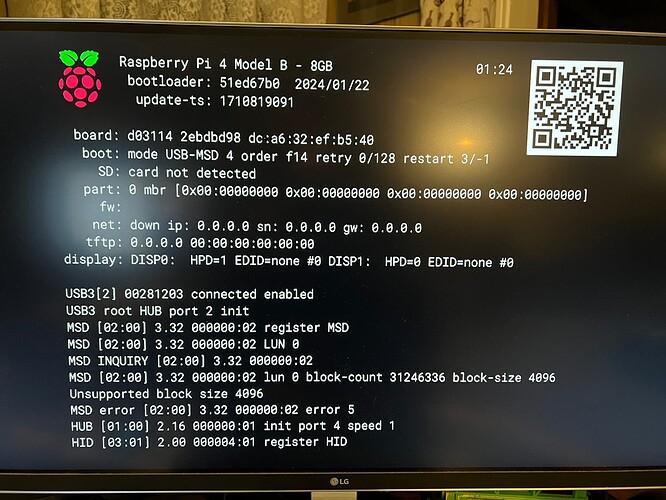How did you transfer your media files?
With help WinSCP. Сreated a folder Media in home folder Volumio. I recorded several tracks in the created folder.
Unfortunately this is not right placement for the Volumio music library. SCP or WinSCP is not recommended method as in addition it transfers files with the session user volumio, whilst files and folders in the music library need to be own by user nobody and group nogrup.
Recommended method for transferring media files:
First time when you using smb client (like MS Windows network file share); upon file transfer an internal “/data/INTERNAL” folder is created and this is where you media folders and files are stored.
I also tried creating a separate partition on the disk and recording media files there.
I am thinking of loading a series of songs that I usually listen to on the NVME (all the necessary parts will come tomorrow) so I did try it with a 64gb USB 3.0. How do I find out the space that I have after Volumio OS on the USB?
Thanks.
Andy

The overlay is the available storage. However, “the devil lives in the details” storage is shared between your Volumio user data, music files metadata scrubber like album’s art, etc. and your stored music library.
It will still need to be available under “/data/INTERNAL” folder. NVMe SSD partitioning beyond Volumio installer default layout my result partition loss upon upgrade.
Posts were moved into an existing topic: Prepare Raspberry Pi for boot from USB/NVMe
I finally managed to set up a RPi5 with Geekworm X1001 and 500GB NVMe (Kingston Gen 4) and it’s been running non stop for 2 days now without any issues. The Volumio is boot straight from the NVMe and I added a bunched of songs onto the NVMe as well.
Today, I saw an update of v3.638 available. Is it safe to do the OTA update?
Andy
pretty safe, just added patched drivers for Waveshare 11.9" DSI display
Thanks Darmur. Why do I need to add a patched drivers for Waveshare 11.9" DSI display? I am using an external HDMI display.
you don’t need them, I was just responding if it was safe to update
Hi,
Just letting the community know the upgrade to boot process was successful with the following configuration:
- Audiophonics EVO-Sabre
- RPi4 2GB
- WD Blue NGFF M.2 500GB SSD within an ORICO USB3 NGFF/NVME external case.
The case is hooked up to one the Pi’s USB3 ports, and is small enough to be positioned within the Sabre’s box, simply routing the USB3 cable back in the box via the unused cutout for the SD connector.
I initially planned to use the GeekWorm HAT extension X862, but it is much simpler having the USB3 case, which I can remove and connect to a regular PC for any maintenance purposes.
Next I’ll load the music collection on there and see how it goes.
Thanks to all (nerd in particular!) for the detailed walkthrough.
Eric
[Moved to firmware thread - @nerd ]
Today I have a 128gb USB 3.2 from MoveSpeed and installed a Test version of Volumio v3.639 (exactly the dame procedures as other working USB 3.0 32gb).
The RPi4 wouldn’t boot and it says Unsupported block size 4096. I believe if this USB was 512 block size, it would work.
Is there any work around?
Thanks,
Andy
Hey Andy,
This is very interesting indeed. Can you take a photo or post the link that I can order the exact same storage device for testing?
It was on sale yesterday @ US$18.53 plus tax. ![]()
This is going to be a bit of challenge, Amazon does not offer shipment.
These USB devices seems to have a region specific ASIN: B0C69NPMRC
Manufacturer uses: B0CGN6B2GB and delivery ETA is mid of April.
My concern is that there may be a firmware difference.
@nerd Where do you live? Is AliExpress is closer to you?
